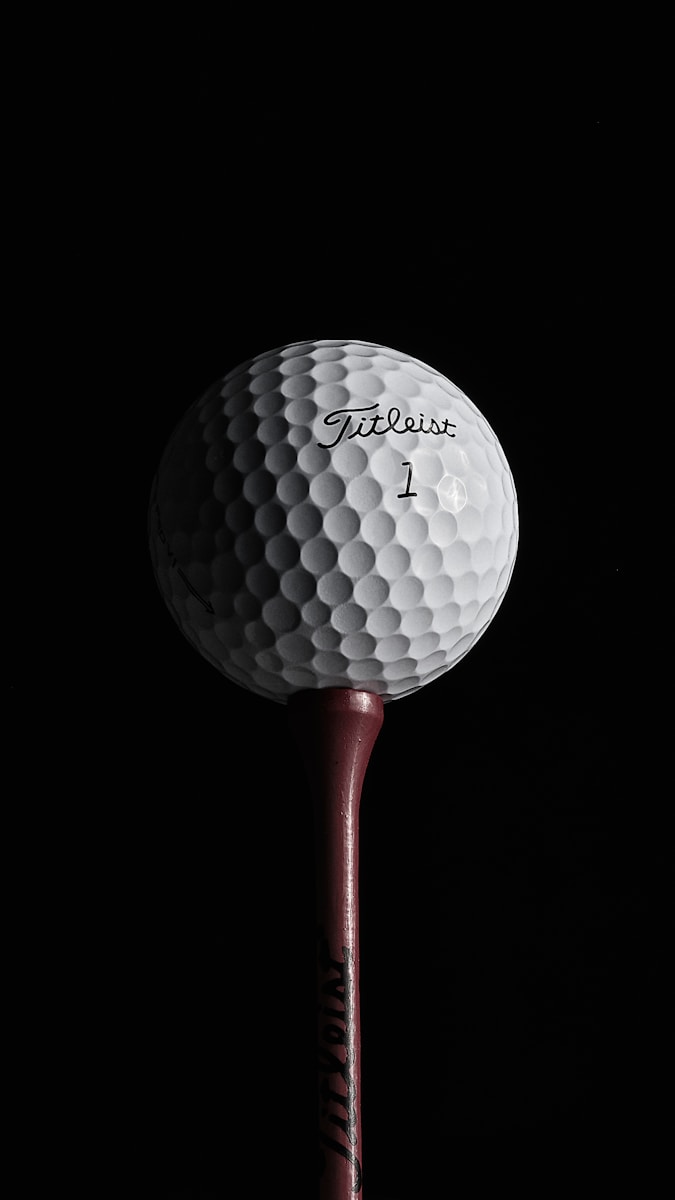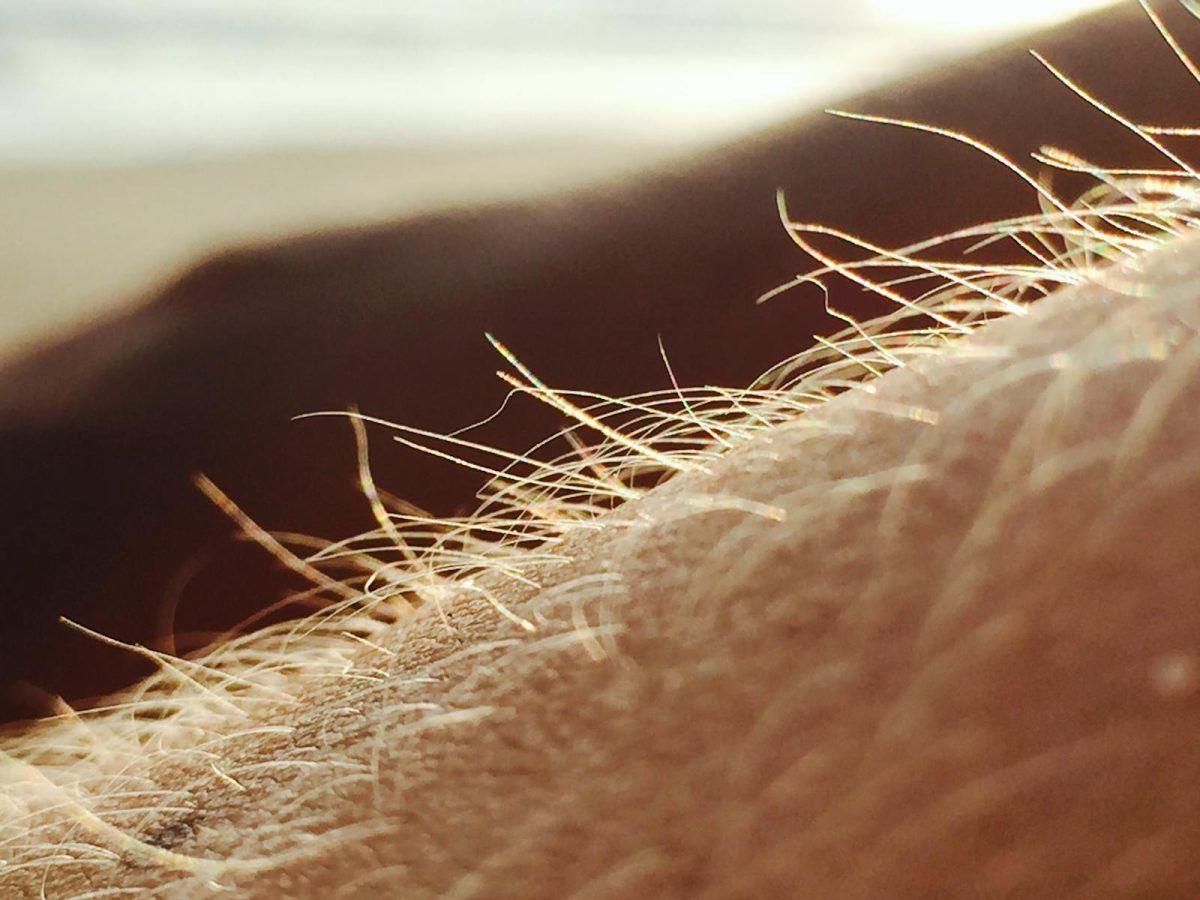The Evolution of the Golf Ball: A Journey from Feathers to Technology
The golf ball, a seemingly simple object that plays a pivotal role in the sport of golf, has undergone an extraordinary transformation over the centuries. From its early origins as a handmade, natural object to the highly engineered, aerodynamic marvels used today, the evolution of the golf ball reflects advances in materials, technology, and the sport itself. Let’s take a closer look at how the golf ball has evolved throughout history.
Early Beginnings: The Wooden Ball
The history of the golf ball dates back to the 15th century in Scotland, where the sport of golf is believed to have originated. In its earliest form, the golf ball was crafted from wood. These primitive wooden balls were often hand-carved, and their irregular shapes made them less than ideal for consistency or long-distance play. Golfers quickly realized the need for a more effective and durable ball, leading to the use of a variety of other materials.
The Feathery Golf Ball
By the 17th century, golf balls had evolved into a more recognizable form with the introduction of the feathery golf ball. These balls were handmade, consisting of a leather pouch stuffed with feathers (often goose feathers), which were tightly stitched together. The leather was then painted white, and the ball was sealed shut.
The feathery golf ball provided better performance compared to its wooden predecessor, but it was expensive and time-consuming to make. The ball’s internal feathers allowed it to maintain its shape and elasticity, making it more durable and aerodynamic. It was also more consistent in flight, making it the go-to choice for golfers for several centuries. However, the cost and labor involved in making feathery balls limited their accessibility, and they were primarily used by wealthy individuals or members of exclusive golf clubs.
The Gutty or Gutta-Percha Ball (1848)
In 1848, a major breakthrough in golf ball technology occurred when the gutta-percha ball was introduced. Gutta-percha is a natural latex material derived from a tree found in Southeast Asia. Unlike the feathery ball, the gutty was solid and could be mass-produced, making it more affordable and durable.
The gutty ball was made by heating the gum and molding it into a spherical shape. Early gutty balls were smooth, but soon golfers realized that adding a dimpled surface enhanced the ball’s flight characteristics, leading to the development of the first textured golf balls. This change improved lift and reduced drag, allowing for greater distance and accuracy.
The Rubber Core Ball (Early 20th Century)
The early 20th century saw the introduction of the rubber-core golf ball, which marked another significant leap forward in the evolution of the golf ball. In 1905, the rubber core ball was patented by a man named William Taylor. This new design featured a solid rubber core surrounded by a layer of elastic material, often wound with rubber bands, and encased in a durable outer shell.
The Modern Golf Ball: Multi-Layered Construction
As golf technology continued to advance throughout the mid-20th century and beyond, the golf ball’s design grew more sophisticated. One of the most important developments was the introduction of the multi-layered ball in the 1960s and 1970s. These balls featured a core made from a high-energy material like rubber or polybutadiene, surrounded by one or more layers of different materials designed to optimize performance in various conditions.
The multi-layered golf ball allowed for more precise control over the ball’s flight characteristics, including spin, trajectory, and distance. Manufacturers could fine-tune the performance based on player preferences, such as offering balls designed for greater distance or those optimized for short game control. The introduction of the urethane cover further improved feel and spin control, making modern golf balls a far cry from their primitive predecessors.
The Rise of Data-Driven Design
The modern golf ball industry has embraced cutting-edge technology such as computer-aided design (CAD) and sophisticated simulations to create the optimal ball for each golfer’s needs. Companies now use data from launch monitors and bio mechanical studies to fine-tune the ball’s performance based on factors like swing speed, launch angle, and spin rate.
RELATED STORIES
https://en.wikipedia.org/wiki/Golf_ball






